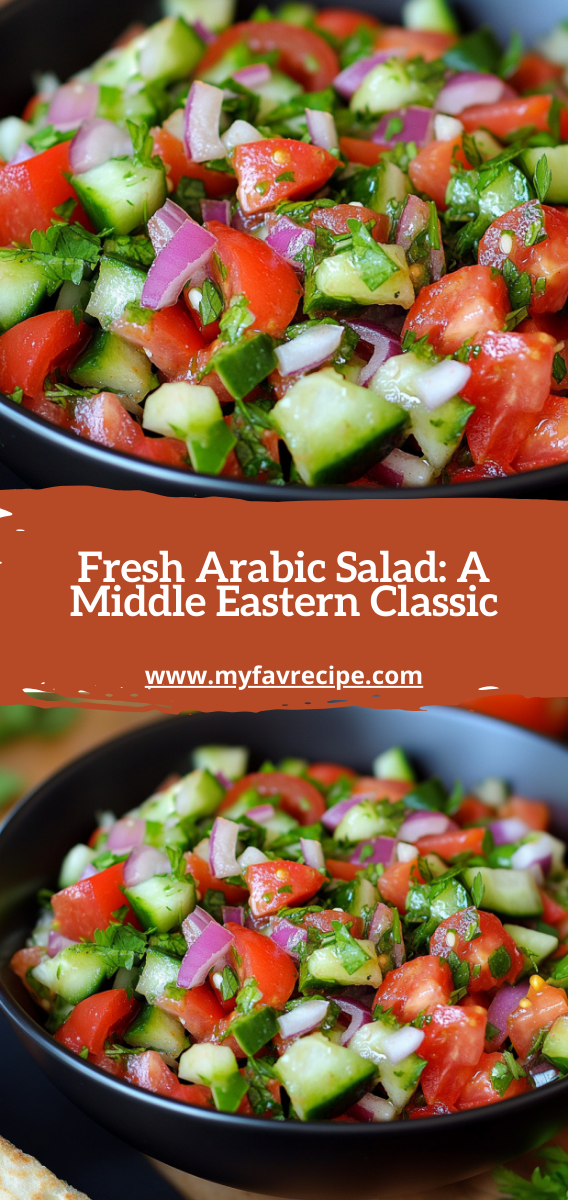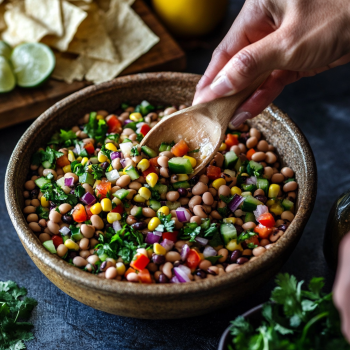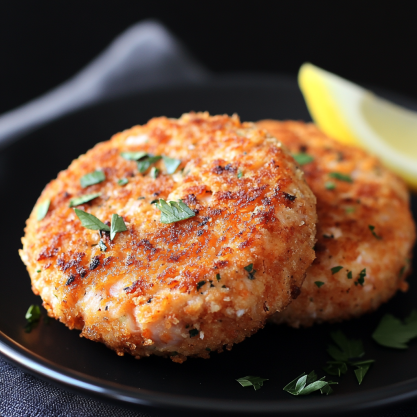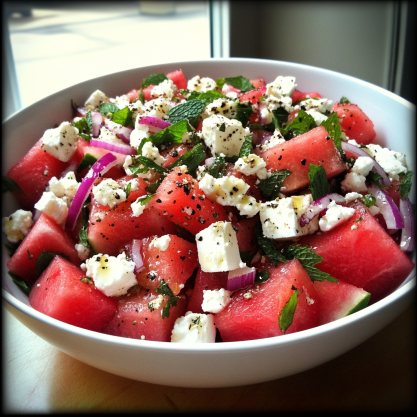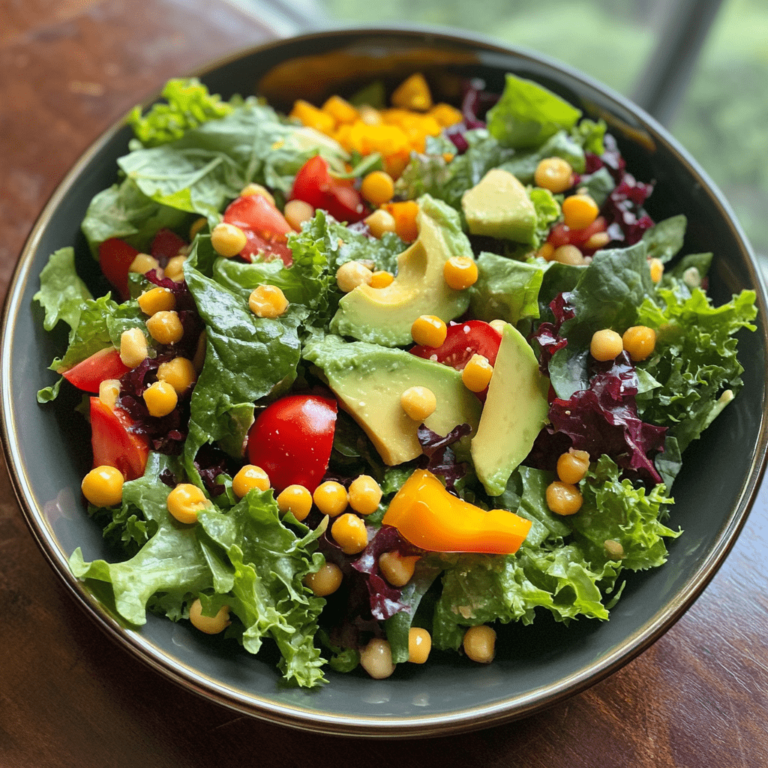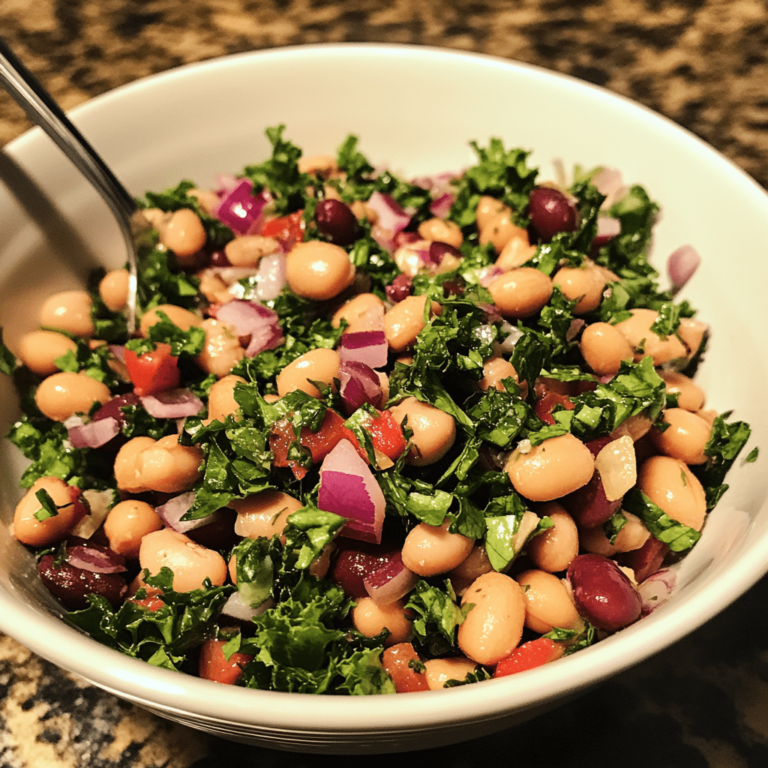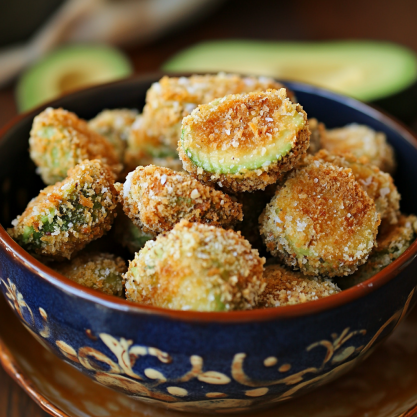Fresh Arabic Salad: A Middle Eastern Classic
Discover the vibrant world of Arabic salad, a culinary gem from the Middle East. This refreshing dish combines crisp veggies, aromatic herbs, and zesty flavors. Every bite is a dance on your palate.
Arabic salad is more than a simple side dish. It captures the rich culinary traditions of the Mediterranean. It offers a perfect mix of texture and taste. This salad is loved in Middle Eastern kitchens worldwide.
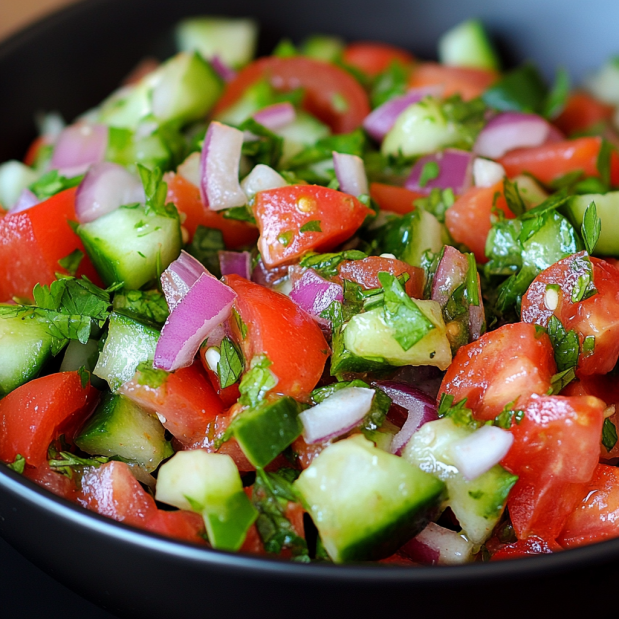
Fresh, light, and full of nutrition, Arabic salad is a feast for the eyes and taste buds. Tomatoes, cucumbers, and herbs come together in a stunning dish. It’s perfect for food lovers and curious cooks alike, taking you to the Middle East’s sunny landscapes.
Get ready to uncover the secrets of this classic Arabic salad. Learn about its cultural importance and how to make the perfect Mediterranean dish.
What Makes Arabic Salad a Mediterranean Treasure
Arabic salad is a key part of Mediterranean cuisine. It shows centuries of cooking tradition and health wisdom. This salad is more than a dish; it’s a symbol of freshness and health.
Origins and Cultural Significance
Arabic salad comes from Middle Eastern cooking traditions. It’s a favorite in families across the Levant. Its simplicity shows the resourcefulness of Mediterranean communities, turning local veggies into a tasty dish.
Key Ingredients That Define Authenticity
- Crisp cucumber
- Ripe tomatoes
- Fresh parsley
- Zesty onions
- Extra virgin olive oil
These ingredients make Arabic salad a Mediterranean classic. They celebrate pure, unprocessed nutrition. Each part adds special flavors and important nutrients.
Health Benefits of Mediterranean Diet
“Let food be thy medicine and medicine be thy food” – Ancient wisdom that perfectly describes Arabic salad.
The Mediterranean diet, led by this iconic salad, brings many health benefits:
- Supports heart health
- Reduces inflammation
- Provides antioxidants
- Promotes weight management
Enjoying this vegetarian salad is a tasty way to wellness. It’s deeply rooted in cultural heritage.
Essential Ingredients for the Perfect Arabic Salad
Making an authentic Arabic salad starts with picking the freshest ingredients. This classic Mediterranean dish needs a few key parts. They add amazing flavor and health benefits to your meal.
The main ingredients of a traditional Arabic salad are:
- Crisp romaine lettuce
- Juicy red tomatoes
- Crunchy cucumbers
- Vibrant green onions
- Fresh parsley
Romaine lettuce is the base, adding crunch and nutrition. Choose bright green leaves that are firm and fresh. Tomatoes should be ripe, with deep color and summer sweetness. Cucumbers add a cool, refreshing crunch.
“The secret to an amazing Arabic salad is using the freshest ingredients possible,” says Chef Nadia from Beirut.
Some regional twists might include:
- Diced bell peppers
- Chopped mint leaves
- Radishes for extra bite
Pro tip: Chop tomatoes, cucumbers, and romaine lettuce into small, even pieces. This way, every bite is a perfect mix of flavors and textures. It makes Arabic salad a favorite in the Mediterranean.
Recipe card
Bringing the vibrant flavors of the Middle East to your kitchen is easier than you might think. This recipe will transform fresh ingredients into a delightful Arabic salad. It captures the essence of Mediterranean cuisine.
Essential Kitchen Equipment
- Sharp chef’s knife
- Cutting board
- Large mixing bowl
- Salad servers or tongs
Fresh Ingredients You’ll Need
- 3 ripe tomatoes, diced
- 1 cucumber, finely chopped
- 1 green bell pepper, diced
- 1/2 red onion, thinly sliced
- 1/4 cup fresh parsley, chopped
- 2 pita bread rounds for fattoush
- Olive oil
- Lemon juice
- Salt and pepper to taste
Step-by-Step Preparation
- Wash all vegetables thoroughly
- Dice tomatoes, cucumber, and bell pepper into small, uniform pieces
- Slice red onion and chop parsley
- Create pita croutons by cutting pita bread into small cubes
- Toast pita croutons in a skillet with olive oil until golden and crispy
- Mix vegetables in a large bowl
- Add toasted pita croutons for a traditional fattoush twist
- Drizzle with olive oil and lemon juice
- Season with salt and pepper
- Toss gently and serve immediately

The magic of this Arabic salad lies in its fresh ingredients and simple preparation. By using crisp vegetables and homemade pita croutons, you’ll create a dish that transports your taste buds straight to the Mediterranean.
Mastering the Traditional Sumac Dressing
The heart of any authentic Arabic salad is its sumac dressing. This vibrant condiment turns a simple salad into a masterpiece. It adds depth and complexity to every bite.
The Art of Balancing Flavors
Creating the perfect sumac dressing is all about balance. You need to mix tangy, zesty, and rich flavors. These should complement the fresh veggies in the salad.
- Sumac gives a bright, lemony taste
- Olive oil adds richness and smoothness
- Fresh herbs add aromatic complexity
Preparing the Classic Dressing
A traditional sumac dressing uses simple yet precise ingredients. Start with high-quality extra virgin olive oil. It creates a smooth base for the bold sumac flavor.
- Select fresh, ground sumac
- Whisk with cold-pressed olive oil
- Add a pinch of salt
- Mix until emulsified
Tips for Perfect Seasoning
Mastering sumac dressing takes practice. Taste and adjust is key. Some cooks let the dressing sit for 10-15 minutes before serving. This allows flavors to meld.
“The secret to a great sumac dressing is balance and freshness” – Mediterranean Chef Wisdom
Try adding minced garlic, a bit of lemon juice, or fresh herbs like mint or parsley. This will help you create your unique signature blend.
Conclusion
Arabic salad is more than just a dish. It’s a lively celebration of Middle Eastern cuisine. This refreshing recipe connects food lovers with centuries of culinary tradition. It offers a delicious and nutritious experience that goes beyond ordinary meal preparations.
By mastering the art of creating an authentic Arabic salad, home cooks can easily transform their kitchen into a gateway of Mediterranean flavors. The simple combination of fresh vegetables, aromatic herbs, and zesty dressing makes this salad an accessible entry point into exploring broader Middle Eastern culinary techniques.
Whether served as a side dish or enjoyed as a light meal, Arabic salad brings incredible versatility to any dining table. Its nutritional profile packed with vitamins, minerals, and robust flavors ensures that each bite delivers both health benefits and remarkable taste sensations unique to Middle Eastern cuisine.
Embrace this culinary adventure and let your taste buds explore the rich, colorful world of Arabic salad. With practice and passion, you’ll soon create a dish that honors traditional recipes while adding your personal touch to this timeless Mediterranean classic.
FAQ
What exactly is an Arabic salad?
An Arabic salad is a classic dish from the Mediterranean. It’s made with fresh veggies like romaine lettuce, tomatoes, and cucumbers. It’s dressed with a zesty sumac-based vinaigrette. This salad is a staple in Middle Eastern cuisine, known for its vibrant flavors and healthy ingredients.
Is Arabic salad the same as fattoush?
No, they’re not the same. Arabic salad is a simple mix of vegetables. Fattoush, on the other hand, includes toasted or fried pita croutons. Both are delicious and show the diversity of Middle Eastern cuisine.
What makes the sumac dressing special?
Sumac dressing is special because of its tangy, slightly lemony taste. This comes from ground sumac berries. It adds a bright, acidic flavor to the salad, making it a key part of Middle Eastern cuisine.
Can I make Arabic salad if I’m vegetarian?
Yes! Arabic salad is naturally vegetarian. It’s a great fit for a Mediterranean diet. It’s full of fresh veggies and can be a light, nutritious meal or side dish.
What are the key ingredients in a traditional Arabic salad?
The salad includes romaine lettuce, ripe tomatoes, and crisp cucumbers. It also has fresh herbs like parsley, diced onions, and a tangy sumac dressing. The focus is on using the freshest, highest-quality ingredients.
How long can I store Arabic salad?
For the best taste and texture, eat it immediately after making it. If you store it in the fridge, it’s best to eat it within 1-2 hours. This helps keep the veggies crisp.
Is Arabic salad healthy?
Yes! Arabic salad is very healthy, following the Mediterranean diet. It’s low in calories but high in nutrients. It’s full of fresh veggies that are rich in vitamins, minerals, and antioxidants.

Arabic salad
Equipment
- Sharp chef's knife
- Cutting board
- Large mixing bowl
- Salad servers or tongs
Ingredients
- 3 ripe tomatoes diced
- 1 cucumber finely chopped
- 1 green bell pepper diced
- 1/2 red onion thinly sliced
- 1/4 cup fresh parsley chopped
- 2 pita bread rounds for fattoush
- Olive oil
- Lemon juice
- Salt and pepper to taste
Instructions
- Wash all vegetables thoroughly
- Dice tomatoes, cucumber, and bell pepper into small, uniform pieces
- Slice red onion and chop parsley
- Create pita croutons by cutting pita bread into small cubes
- Toast pita croutons in a skillet with olive oil until golden and crispy
- Mix vegetables in a large bowl
- Add toasted pita croutons for a traditional fattoush twist
- Drizzle with olive oil and lemon juice
- Season with salt and pepper
- Toss gently and serve immediately
